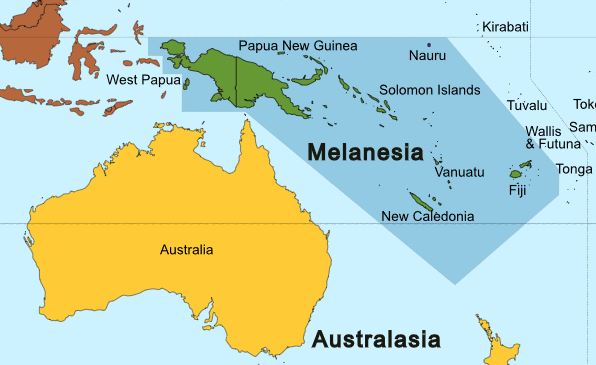|
Scotonycteris
Zenker's fruit bat or Tear-drop bat (''Scotonycteris zenkeri'') is a species of megabat in the family Pteropodidae. Its natural habitats are tropical and subtropical moist broadleaf forests and swamps. Description This very small fruit bat is distinguished by having pale-coloured lips and three white patches on the head, one on the forehead and one behind each eye. The fur is soft, dense and fluffy; the dorsal pelage is medium-brown to rusty brown, the flanks are medium to greyish-brown and the chest and belly are whitish to pale grey, with scantier, stiffer hairs. The wing membranes are brown or greenish-brown and there is no discernable tail. Distribution and habitat This fruit bat is endemic to tropical West and Central Africa. Its range includes Guinea, Liberia, Ivory Coast, Ghana, Nigeria, Cameroon, Bioko Island, Equatorial Guinea, the Republic of the Congo and the Democratic Republic of the Congo. However, its range is not continuous throughout these countries, as it is onl ... [...More Info...] [...Related Items...] OR: [Wikipedia] [Google] [Baidu] |
Pohle's Fruit Bat
Pohle's fruit bat (''Casinycteris ophiodon'') is a near threatened species of megabat found in the subtropical and tropical forests of Cameroon, the Republic of Congo, Côte d'Ivoire, Ghana, and Liberia. Taxonomy In 2014, its taxonomy was revised. While it was previously in the genus ''Scotonycteris'', analysis of mitochondrial DNA showed that it should be placed in '' Casinycteris'' to avoid paraphyly of ''Scotonycteris''.Hassanin, A. (2014). Description of a new bat species of the tribe Scotonycterini (Chiroptera, Pteropodidae) from southwestern Cameroon. Comptes Rendus Biologies, 337(2), 134-142. Description Pohle's fruit bats are also known as 'tear-drop' fruit bats because of the prominent tear-like white spots found on both sides of their eyes and on their upper lips. Their fur is tinted and the wings are dark brown. They measure 74-78 millimeters and weigh between 35 and 60 grams.Kingdon, Jonathan. The Kingdon Field Guide to African Mammals. California: Academic Press, 199 ... [...More Info...] [...Related Items...] OR: [Wikipedia] [Google] [Baidu] |
Megabat
Megabats constitute the Family (biology), family Pteropodidae of the Order (biology), order Chiroptera. They are also called fruit bats, Old World fruit bats, or—especially the genus, genera ''Acerodon'' and ''Pteropus''—Pteropus, flying foxes. They are the only member of the Superfamily (taxonomy), superfamily Pteropodoidea, which is one of two superfamilies in the suborder Yinpterochiroptera. Internal divisions of Pteropodidae have varied since Subfamily, subfamilies were first proposed in 1917. From three subfamilies in the 1917 classification, six are now recognized, along with various Tribe (biology), tribes. As of 2018, 197 species of megabat had been described. The leading theory of the evolution of megabats has been determined primarily by genetic data, as the fossil record for this family is the most fragmented of all bats. They likely evolved in Australasia, with the common ancestor of all living pteropodids existing approximately 31 million years ago. Man ... [...More Info...] [...Related Items...] OR: [Wikipedia] [Google] [Baidu] |
Haumania Liebrechtsiana
''Haumania liebrechtsiana'' is a species of plant in the family Marantaceae The Marantaceae are a family, the arrowroot family, or the prayer plant family, of flowering plants consisting of 31 genera and around 530 species, defining it as one of the most species-rich families in its order. Kennedy, H. (2000). “Diversif .... It grows as an understorey herb or climber in tropical forests in Central Africa. The leaves and shoots are eaten by gorillas and chimpanzees, and the leaves and stems have traditional uses. Description ''Haumania liebrechtsiana'' is a perennial, Rhizome, rhizomatous, climbing plant that can grow to or more. The stems are hairy and branching, and the leaves are alternate. The long Petiole (botany), petiole sheaths the stem for most of its length and has a short calloused section just beneath the leaf blade. On the upper side of the blade there is a beak where this calloused region becomes the midvein. The blade is ovate or oblong, up to , with a rounded b ... [...More Info...] [...Related Items...] OR: [Wikipedia] [Google] [Baidu] |
